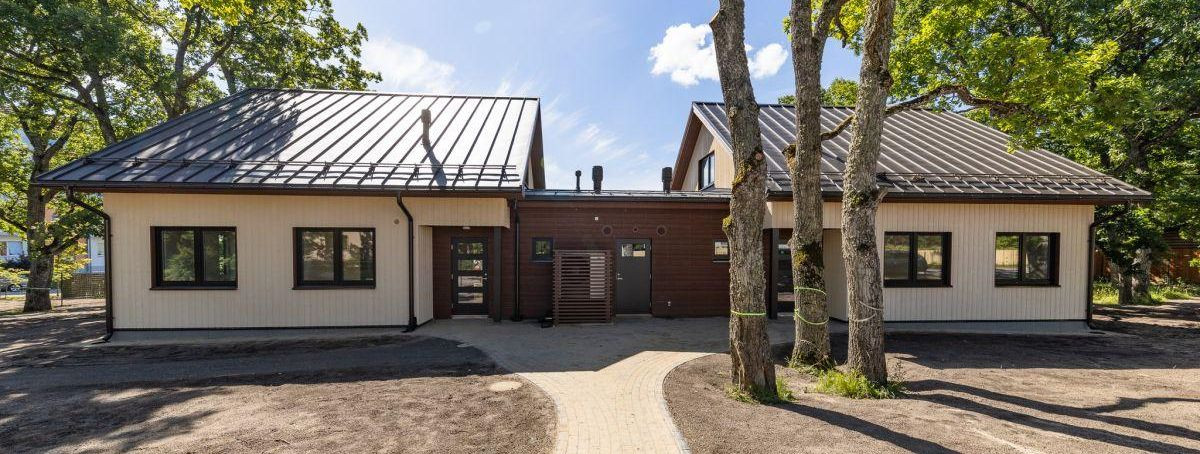Project management secrets for a successful build
Effective project management is the backbone of any successful construction project. It involves the planning, coordination, and execution of a project from inception to completion, ensuring that goals are met within the constraints of time, cost, and quality. For professionals, families, and business owners looking to build or restore their properties, understanding the nuances of project management can make the difference between a dream realized and a project fraught with setbacks.
The project lifecycle is a series of phases that a project goes through from start to finish. These include initiation, planning, execution, monitoring and controlling, and closing. Each phase has its own set of tasks and deliverables that must be managed effectively to ensure the overall success of the build.
Key Project Management Strategies
One of the first steps in project management is defining the objectives and scope of the project. This involves setting clear, measurable goals and understanding the limitations and requirements of the project. It is essential for ensuring that all stakeholders have a common understanding of what the project entails and what it aims to achieve.
Stakeholder engagement and communication are critical components of project management. Keeping all parties informed and involved throughout the project lifecycle fosters transparency and trust, which are vital for the success of any construction project. Regular updates and open lines of communication help to manage expectations and resolve issues promptly.
Effective resource allocation and budget management are crucial for keeping a project on track. This involves not only financial planning but also the efficient use of time, materials, and human resources. A well-managed budget ensures that the project can be completed without unnecessary financial strain or compromise on quality.
Risk management is the process of identifying potential problems before they occur and planning how to address them. By anticipating and mitigating risks, project managers can minimize the impact of unforeseen events and keep the project moving forward smoothly.
Quality control is essential to deliver a final product that meets or exceeds the expectations of the client. Implementing quality control measures throughout the construction process helps to ensure that all aspects of the build are up to standard and that the finished product is safe and durable.
Adopting the Right Tools and Technologies
Project management software can streamline the planning and execution of a project by providing tools for scheduling, resource management, and communication. These platforms can greatly enhance the efficiency and accuracy of project management tasks.
Building Information Modeling (BIM) is a digital representation of the physical and functional characteristics of a facility. It allows for better collaboration among stakeholders and can lead to more informed decision-making throughout the construction process.
For our environmentally conscious audience, incorporating green technology and sustainable practices into the construction process is not just a preference but a necessity. Sustainable building solutions can reduce the environmental impact of a build and lead to long-term cost savings.
Leadership and Team Management
Project success is often a reflection of the team's ability to work together effectively. Cultivating a collaborative environment encourages open communication and shared responsibility, which can lead to better problem-solving and innovation.
Strong leadership is essential for guiding a project to success. Project managers must possess the ability to inspire their teams, make decisive choices, and navigate the complexities of the construction process.
Investing in training and professional development can enhance the skills and knowledge of the project team. This not only benefits the current project but also contributes to the long-term success of the company by building a more competent and capable workforce.
Regulatory Compliance and Safety Standards
Compliance with local building codes and regulations is non-negotiable in any construction project. Understanding and adhering to these requirements is essential for legal and functional reasons, ensuring that the build is safe and compliant.
Safety should always be a top priority in construction. Implementing rigorous safety protocols protects the workforce, minimizes accidents, and ensures that the project adheres to industry standards.





Kommentaarid (0)